Last year at the Fearless Conference in Europe, I met a number of wonderful people who I shared many meals and glasses of wine over while sharing travel stories, inspiration and laughter. One of them, Christian Cardona, convinced me that I absolutely had to go to Colombia, because it was the “gem of South America.” It is. The others, Marie and Michael, convinced me that I had to come to Vienna, because it was charming and one of the most enjoyable cities in Europe. I wasted no time adding both recommendations to my list and crossing them both off within a year. When Fearless Photographers announced that their annual European conference was to be held in Budapest, it only made sense to tack on Vienna for a few extra days of exploration. It’s an easy, comfortable, and inexpensive train ride from Budapest and the my friends and I would have some built in tour guides in Marie and Michael.
Vienna itself is a beautiful, albeit strange mix, of Gothic, Baroque, and Neo-Classical architecture. Some of the buildings are grand, palatial and sweeping, while others are squeezed into smaller spaces and tight turning pedestrian only streets. After World War II, Vienna spent a significant amount of money and funds restoring their buildings to their pre-war grandeur. The result is something that feels drastically and dramatically different than the rest of Europe: a strange mix of new modern that feels like it has one foot in the past and one far in the future.
STAY: We stayed in Margareten, otherwise known as the Fifth District, which offers typical Viennese architecture and a bohemian vibe. We also considered Mariahilf, but after wandering for a brief moment down the busy tourist uninspiring high street of Mariahilfastrasse, I have to say that I was quite happy with our choice and would make the same one again.
EAT:
- It isn’t a trip to Vienna without consuming wiener schnitzel, a very thin, breaded and pan fried cutlet made from veal. Known as one of the national dishes of Austria, it’s incredibly delicious. After wandering around Vienna and viewing St. Stephen’s Cathedral, take a break in the famous rooms of Figlmüller, which has been helmed by the Figlmüller family for four generations now. The schnitzel is crispy and surprising: although one is enough to share between two people, you can be assured that it will get devoured in no time!
- The Vienna Naschmarkt is perfect for exploring, dining and drinking. The bustling mile long market offers food stalls and small outdoor cafes to explore and while away the afternoon in.
- Start one of your days off with a traditional brunch at Burg.Ring 1 before heading off to explore. The interior is an eclectic mix of bric-a-brac and vintage furniture and you can elect to add quite the buffet spread of fruits, yogurts, vegetables, cheese and a gorgeous selection of Viennese pastries, treats, and breads to any weekend breakfast entree.
- We spent hours over tapas and wine at Lola, a Spanish Tapas bar where you can get your menu in German, English or Spanish. The staff also spoke all three languages.
- The coffee house culture of Vienna is so integral to the city’s social fabric that it was declared an “Intangible Cultural Heritage” by UNESCO. After wandering the city center, relax and enjoy live music, a “sweet treat” from their in house patisserie, coffee and conversation at the infamous Cafe Central. The cafe claims to be Vienna’s most famous cafe, but can truthfully and honestly boast that it served the likes of Trotsky, Freud, and writers and poets on a daily basis.
DRINK:
- Motto in Margareten was a hidden gem of jazz and darkness. Don’t skip a visit to the bathrooms, which are uniquely and perhaps confusingly different than the restaurant and bar space themselves. The cocktail and wine list is outstanding.
- I totally goofed and didn’t plan ahead, but if I’d been on it, I would have booked us on the Vienna Wine Walk, a guided walking wine tour with a master sommelier who takes you on a tour that introduces you to both the wines of Austria and to some of their favorite neighborhood drinking holes.
EXPLORE
- Take a walking tour of historic Vienna on the Ringstrasse: after having a traditional Viennese brunch at Burg.Ring 1, walk down to start your exploration in the Museum Quarter, where you’ll find the Imperial Palace (Hofburg) and the Imperial Treasury (Schatzkammer), both overlooking the Maria-Theresien-Platz. Alternatively, hop on the RingTram, which departs on a lap of the Ringstrasse every 30 minutes from the Schwedenplatz. The interior of the historic city center, surrounded by the Ringstrasse,
- Go to the opera! Vienna was Mozart’s hometown and the opera is an important part of their culture. While some performances sell out in advance (we secured tickets to Faust ahead of time), you can also sometimes purchase tickets from the Mozart-costumed representatives on the street outside Vienna’s famous and ornate State Opera House.
- Take the metro and head a bit outside the city center to explore the Schönbrunn Palace and the accompanying gardens and grounds. The Palace, originally commissioned to be a hunting lodge, eventually grew into a palatial imperial residence over the course of the eighteenth century.
- Seek out street art: Vienna has a thriving street art culture, though discovering it isn’t quite as easy as in Paris or Bogota. Start on the Donaukanal, a former arm of the river Danube, but now a regulated water channel through the city. The walls and banks of the Donaukanal are filled with all types of graffiti and art on one massive long urban ever changing canvas. Wandering the streets though the Mariahilf neighborhood to the Naschmarkt will offer produce some excellent art if you know where to look. I missed the permanent Invader installation in the Museum Quarter, but you won’t thanks to this guy’s handy dandy map.
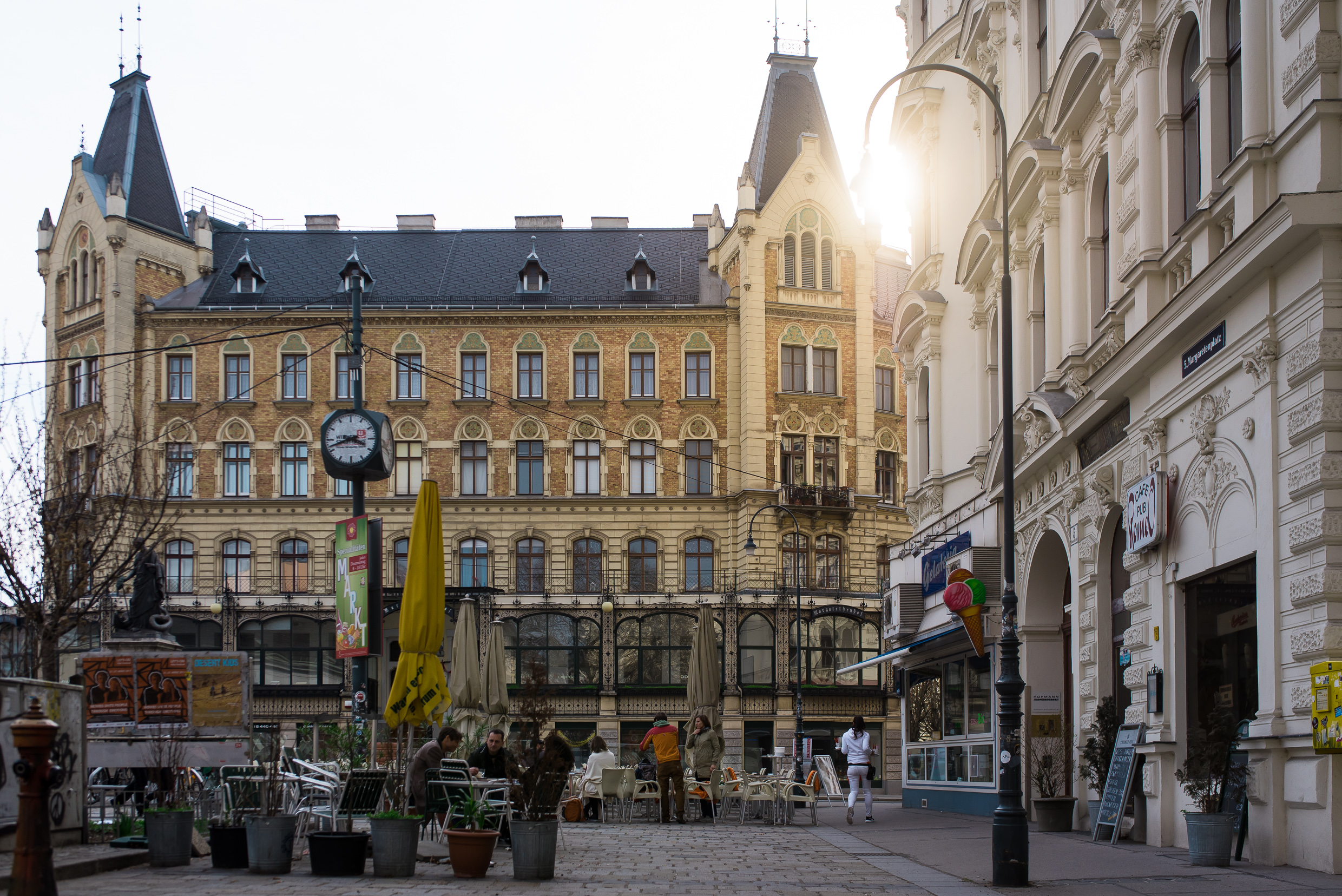

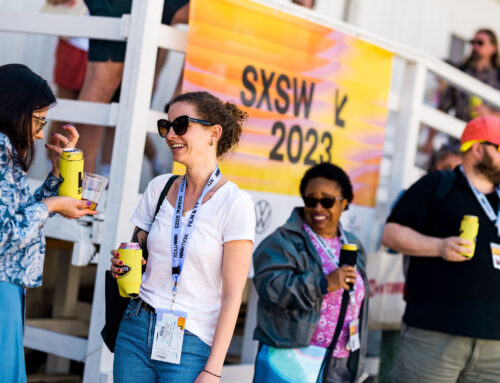
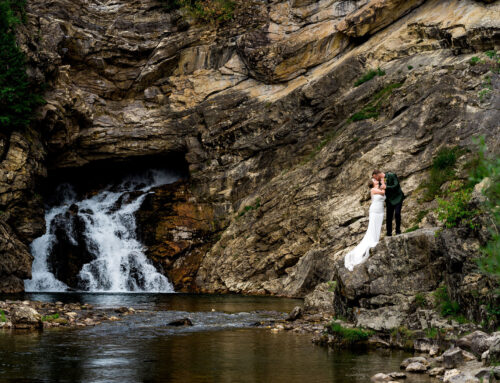
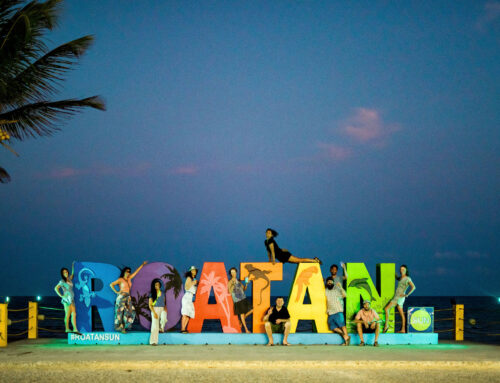
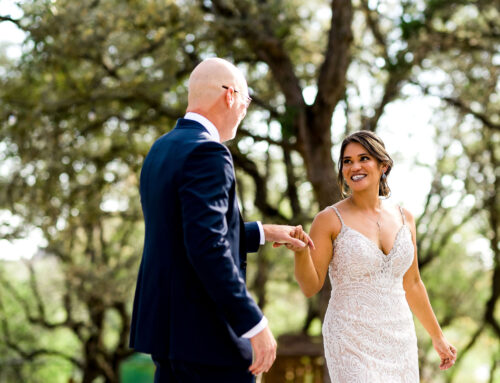
Leave A Comment